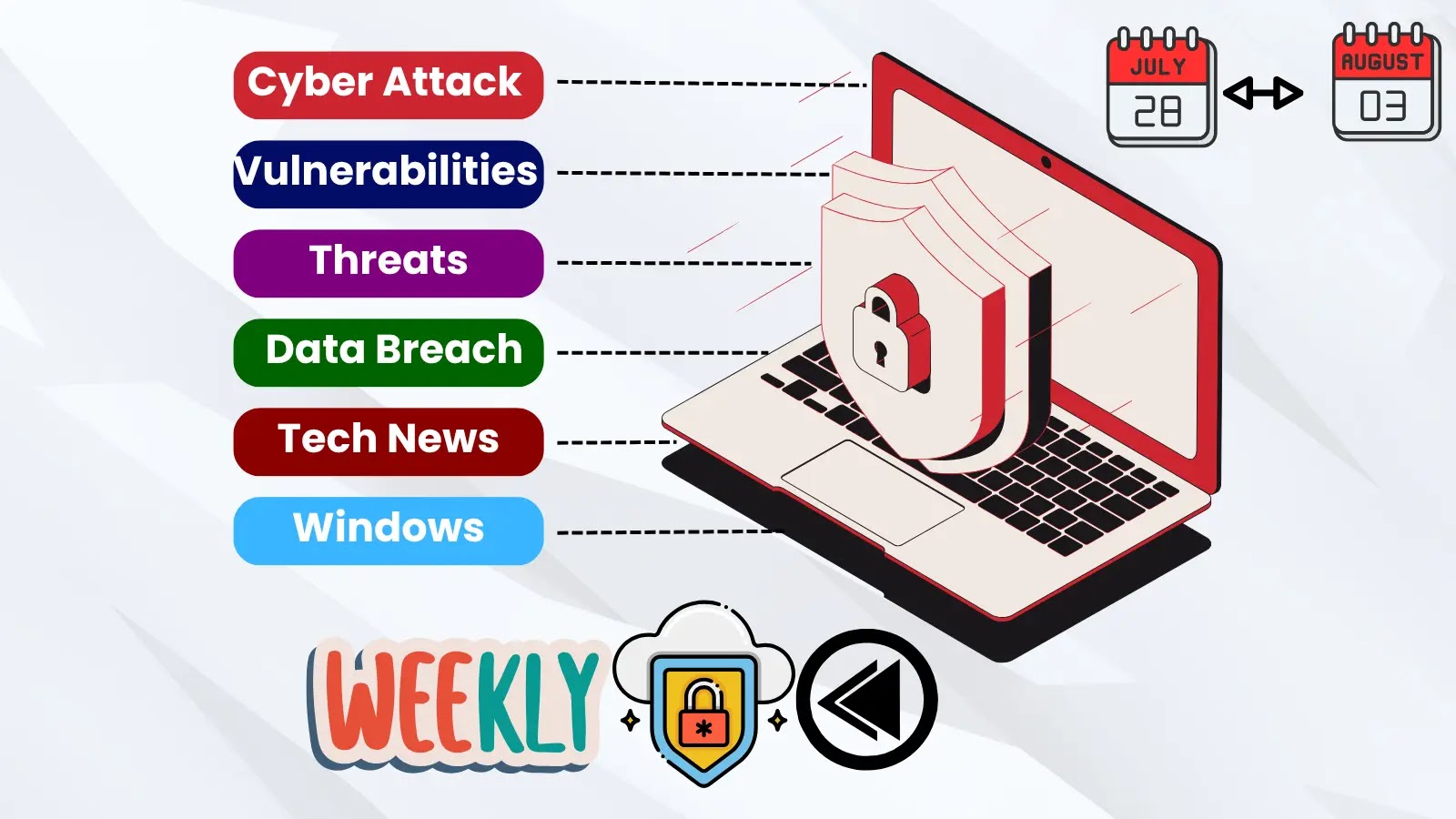
Cybersecurity News Recap – Chrome, Gemini Vulnerabilities, Linux Malware, and Man-in-the-Prompt Attack
Navigating the Evolving Threat Landscape: A Week in Cybersecurity
The digital realm remains a dynamic battleground, constantly challenging defenders with emerging vulnerabilities and sophisticated attack vectors. Staying informed is not merely a recommendation; it’s a critical imperative for maintaining robust security postures. This week’s cybersecurity news highlights significant developments across multiple fronts, from pervasive browser and AI model weaknesses to the cunning evolution of Linux malware and a novel social engineering tactic. Understanding these threats and their implications is key to fortifying our defenses.
Critical Vulnerabilities in Chrome and Gemini
Major platforms frequently become targets due to their widespread adoption. This week underscores the persistent need for vigilance, as new vulnerabilities have surfaced in both Google Chrome and the Gemini AI model. Exploitable weaknesses in widely used software and services present enticing opportunities for malicious actors, potentially leading to data breaches, system compromise, or service disruption.
Remediation Actions: Chrome Vulnerabilities
- Prompt Patching: Always apply the latest security updates released by Google for Chrome. These patches often contain fixes for critical vulnerabilities that could otherwise be exploited.
- Browser Policy Enforcement: For organizations, implement clear browser update policies and utilize tools for centralized deployment and monitoring to ensure all endpoints are running the most secure versions.
- Principle of Least Privilege: Restrict user permissions to minimize the impact of a successful exploit.
Remediation Actions: Gemini Vulnerabilities
- Monitor Google Advisories: Organizations and developers leveraging Gemini or similar AI models should subscribe to and diligently monitor official security advisories from Google and other AI providers.
- Secure API Implementations: When integrating AI models via APIs, adhere to secure coding practices. Validate all inputs, sanitize outputs, and implement robust authentication and authorization mechanisms.
- Access Control: Implement strict access controls for AI model usage, ensuring only authorized personnel and applications can interact with the models and their underlying data.
The Rise of Sophisticated Linux Malware
Linux systems, often perceived as inherently more secure, are increasingly becoming targets for sophisticated malware campaigns. Threat actors are developing highly evasive and persistent malware specifically designed to compromise servers, IoT devices, and cloud infrastructure running on Linux distributions. These campaigns often leverage stealthy techniques to evade detection and maintain a foothold for long-term malicious operations, ranging from cryptocurrency mining to establishing botnets and facilitating data exfiltration.
Remediation Actions: Linux Malware
- Endpoint Detection and Response (EDR): Deploy EDR solutions tailored for Linux environments to detect anomalous behavior, suspicious processes, and file modifications indicative of malware.
- Regular Patching: Ensure all Linux distributions, applications, and kernels are kept up-to-date with the latest security patches to close known vulnerabilities.
- Strong Access Controls: Enforce the principle of least privilege. Limit root access and use strong, unique passwords or SSH keys with passphrases.
- Network Segmentation: Segment your network to limit lateral movement in case of a compromise, isolating critical Linux systems.
- Integrity Monitoring: Implement file integrity monitoring (FIM) to detect unauthorized changes to critical system files and configurations.
“Man-in-the-Prompt” Attack: A New Social Engineering Frontier
The burgeoning field of Artificial Intelligence, particularly large language models (LLMs), has introduced a novel attack vector: the “man-in-the-prompt” attack. This sophisticated social engineering tactic involves manipulating the prompts given to AI models to elicit malicious or unintended responses. Unlike traditional prompt injection, this attack often focuses on subtly altering the AI’s understanding or behavior to achieve objectives like extracting sensitive information, generating harmful content, or bypassing security filters. It can be particularly insidious as it exploits the nuances of human-AI interaction.
Remediation Actions: Man-in-the-Prompt Attacks
- Robust Prompt Engineering Guidelines: For applications leveraging LLMs, develop and enforce strict prompt engineering guidelines for developers to minimize ambiguity and potential for manipulation.
- Input Validation and Sanitization: Implement stringent input validation and sanitization techniques for any user-provided input that feeds into an LLM.
- Output Filtering and Verification: Filter and verify the output generated by LLMs, especially when that output is used in sensitive contexts or presented to users.
- User Education: Educate users about the potential for AI models to be tricked and the importance of critically evaluating AI-generated content, especially for sensitive topics.
- Continual Model Monitoring: Continuously monitor the behavior and responses of AI models for any anomalous or suspicious outputs that could indicate prompt manipulation.
Key Takeaways for Enhanced Cybersecurity
This week’s recap serves as a potent reminder that the cybersecurity landscape is dynamic and demands continuous adaptation. Prioritizing timely patching of critical vulnerabilities in software like Chrome and AI models like Gemini is non-negotiable. Furthermore, recognizing the growing sophistication of Linux-specific malware necessitates robust endpoint protection and diligent system hardening for your Linux infrastructure. Finally, the emergence of the “man-in-the-prompt” attack highlights the critical need to secure our interactions with AI, emphasizing careful prompt engineering, input validation, and user education. Proactive defense and informed awareness remain our strongest assets in this ongoing battle.





